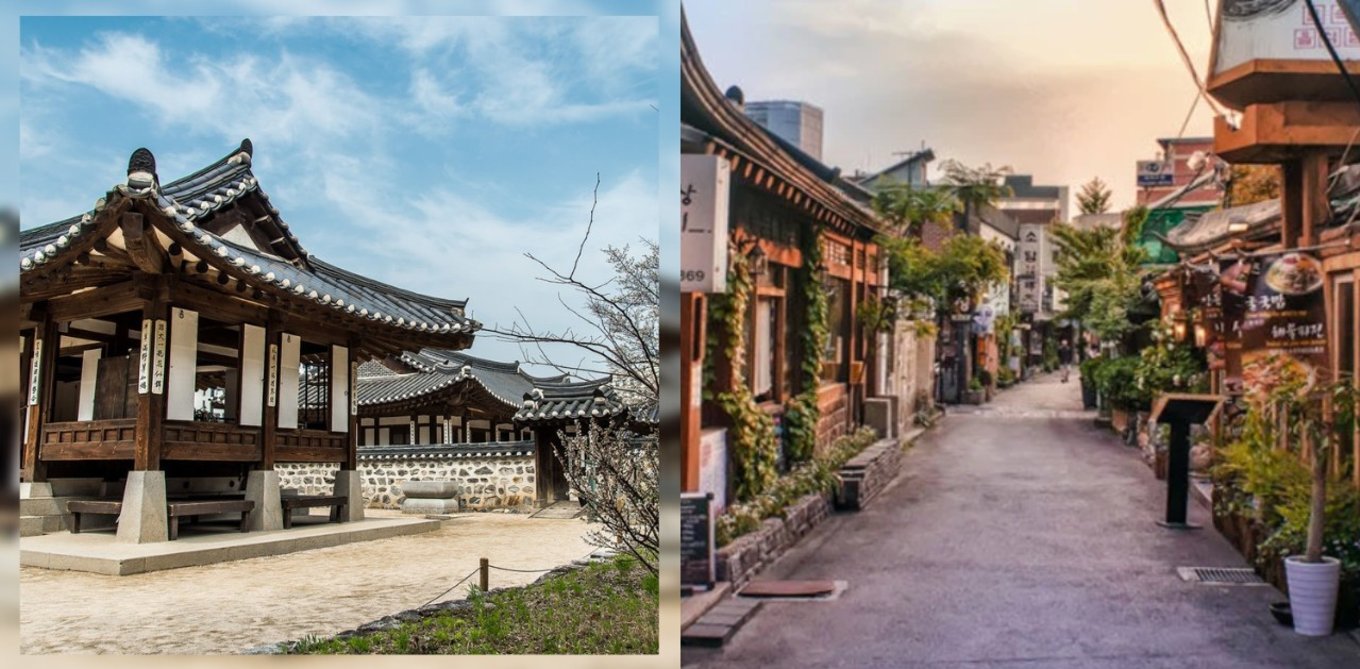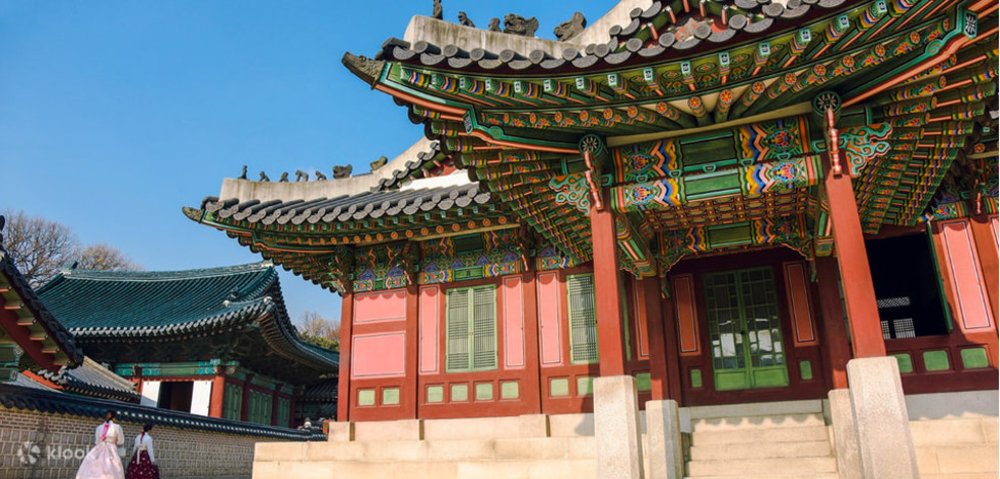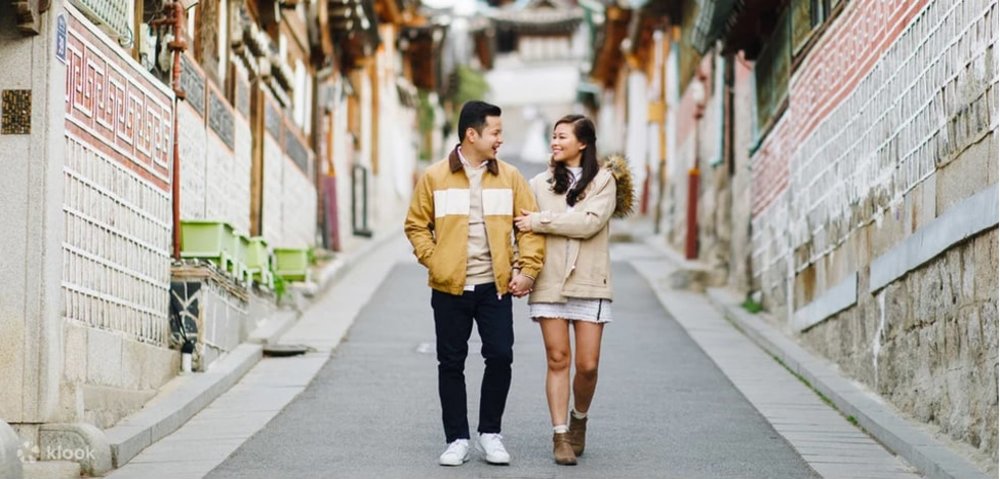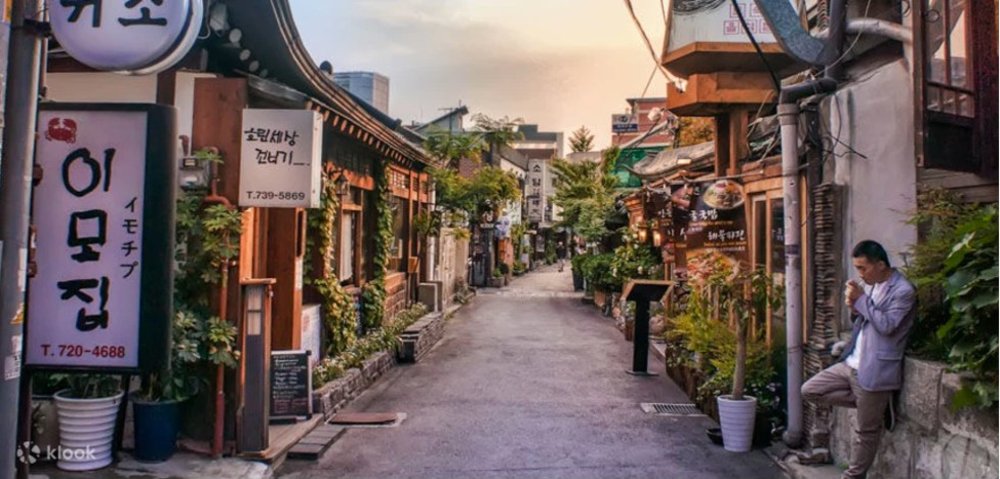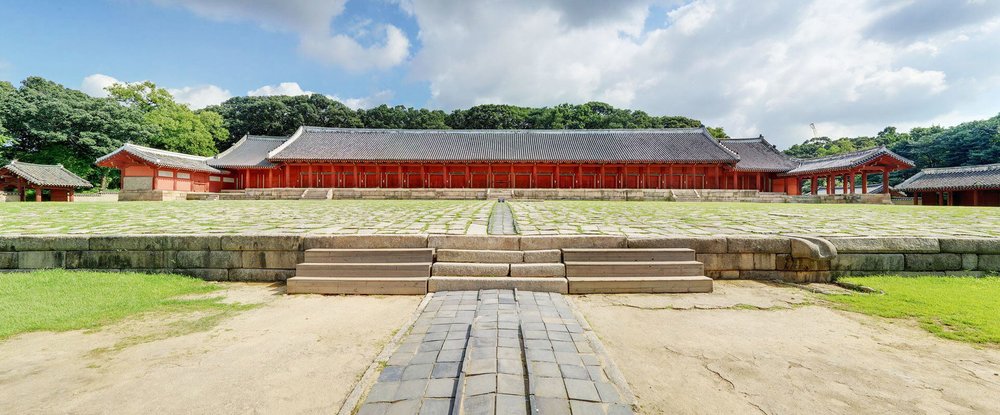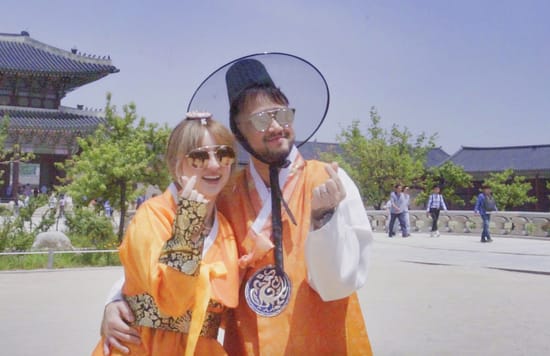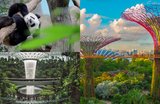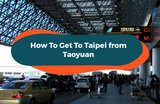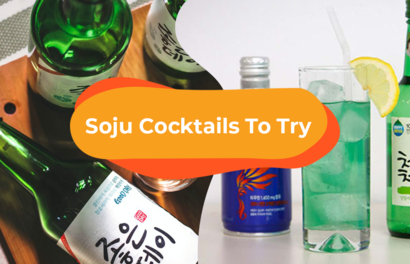Walk down memory lane while you’re in Seoul!
Even before the rise of the current K-culture, South Korea’s always been rich in history and managed to preserve its culture despite them being one of the top powerhouses in technology. Just in Seoul, you’ll witness how the traditional and modern infrastructure are coexisting.
Korea used to be unified and had several dynasties. From the Joseon dynasty to the Korean war, South Korea’s historic places have managed to withstand the test of time and you can still see a lot of historical sites within the country’s capital Seoul.
Learn more about South Korea’s rich history when you add these places on your Seoul itinerary.
Gyeongbokgung Palace
Gyeongbokgung Palace is one of Seoul's largest and most frequently visited tourist spots. Built in 1395 during the Joseon dynasty, the palace is located at the heart of Seoul, and visitors can witness changing of guards and other ceremonies. This is also one of the common Seoul destinations for every tourist visiting the country’s capital.
You can also rent a traditional Korean attire (Hanbok) at a discounted price when you book here.
Changdeokgung Palace
Also located nearby Gyeongbokgung Palace, Changdeokgung Palace used to be the residence of kings and queens during the Joseon dynasty. This is one of the “Five Grand Palaces” built during the Joseon dynasty and is now the second UNESCO World Heritage in Seoul.
Adding this on your Seoul itinerary will make your experience more fulfilling because you’ve ticked another World Heritage.
Bukchon Hanok Village
Once you’ve checked out the palaces around, you can continue your trip and see the traditional Korean houses where influential and noble families lived. Once there, you can relive Koreans’ past life and way of living.
This is also one of the frequently chosen Seoul destinations whenever tourists would like to extend their history trip.
Namsangol Hanok Village
Your visit to Seoul wouldn’t be complete if you missed out on Namsangol, which has five traditional Korean houses (Hanok) that were built during the Joseon dynasty. It was soon relocated to the northern part of Namsan Mountain. Once you’ve visited the hanoks around, you’ll get an idea of how middle-class, noble, and influential families lived in the past. Enjoy watching traditional Korean performances and ceremonies.
Cheong Wa Dae
Also called the Blue House, Cheong Wa Dae is the official residence of South Korea’s president that’s also located in Seoul. You can go on an official tour and check out the offices, lakes, and gardens around Cheong Wa Dae. When on tour, you can also do a lot more than just stare around the presidential house. Just note that you’re required to reserve in advance to join this tour. This trip will definitely be a highlight on your Seoul itinerary!
Insa-dong
Insa-dong is one of the popular streets in Seoul whenever tourists would want to experience Korea’s traditional culture. The streets are narrow and quaint with teahouses, cafes, arts and crafts shops, and calligraphy shops available around. If you want to recreate and experience the classic activities back then, you’ll learn a lot from the locals when walking around Insa-dong.
InsaYou can even find antique buildings, ceramics, and furniture in Insa-dong. If you also want to just chill on your vacation, you can just roam around and shop around the area’s charming stores.
Jongmyo Shrine
Already present since the 16th century, the Jongmyo Shrine is the oldest Confucian royal shrines that were preserved until today wherein they now house the “spirit tablets” of the former kings and queens of the Joseon Dynasty. During this time, the royals religiously attended processions and rituals in honor of their ancestors. When holding an ancestral ritual, the king or queen wishes for their ancestors’ help and protection for their people and nation. Tourists can also witness various ritual ceremonies that date back to the 14th century. The shrine is also listed in UNESCO’s World Heritage.
Once at the Shrine, you can feel the tranquil vibe with wide ritual spaces surrounded by the lush trees in the forest. If you’re looking for a zen-like place in the city to meditate or just be alone with your thoughts, consider this as one of your go-to Seoul destinations.
Dongmyo Shrine
Also known as Seoul Donggwanyangmyo, Dongmyo Shrine used to be the place where ancestral sacrifices to Chinese military leader Guan Yu were held. Dongmyo has two main buildings and the Chinese influence was evident in the infrastructure that was preserved since the 1600s. The shape of the roof is patterned after a Chinese letter which is usually common in the temples and shrines in China. Once you’re inside the shrine, you can see the statue of commander Yu and other generals in the two sections called “jeonsil” (front) and “bonsil” (rear).
Dongmyo Shrine was built in honor of commander Yu and how the Ming dynasty helped the Joseon dynasty overthrow the Japanese when they invaded Korea.
IMPORTANT NOTE: Be a responsible traveler! All information on this post are accurate from the time of writing. Rules, regulations and guidelines are updated frequently and may change without Klook’s prior notice. For your safety, check with the respective LGU’s and establishments directly before your travels.

